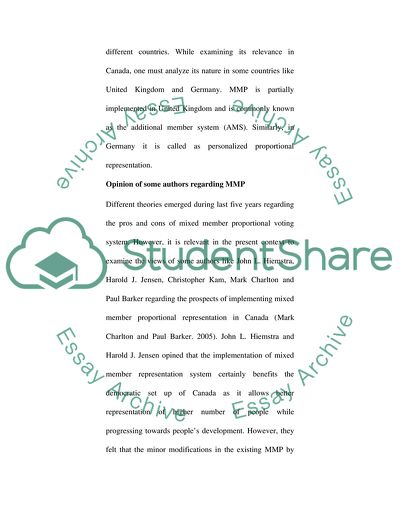Cite this document
(Mixed Member Proportional Representation Term Paper, n.d.)
Mixed Member Proportional Representation Term Paper. Retrieved from https://studentshare.org/politics/1542614-proportional-representation
Mixed Member Proportional Representation Term Paper. Retrieved from https://studentshare.org/politics/1542614-proportional-representation
(Mixed Member Proportional Representation Term Paper)
Mixed Member Proportional Representation Term Paper. https://studentshare.org/politics/1542614-proportional-representation.
Mixed Member Proportional Representation Term Paper. https://studentshare.org/politics/1542614-proportional-representation.
“Mixed Member Proportional Representation Term Paper”, n.d. https://studentshare.org/politics/1542614-proportional-representation.


